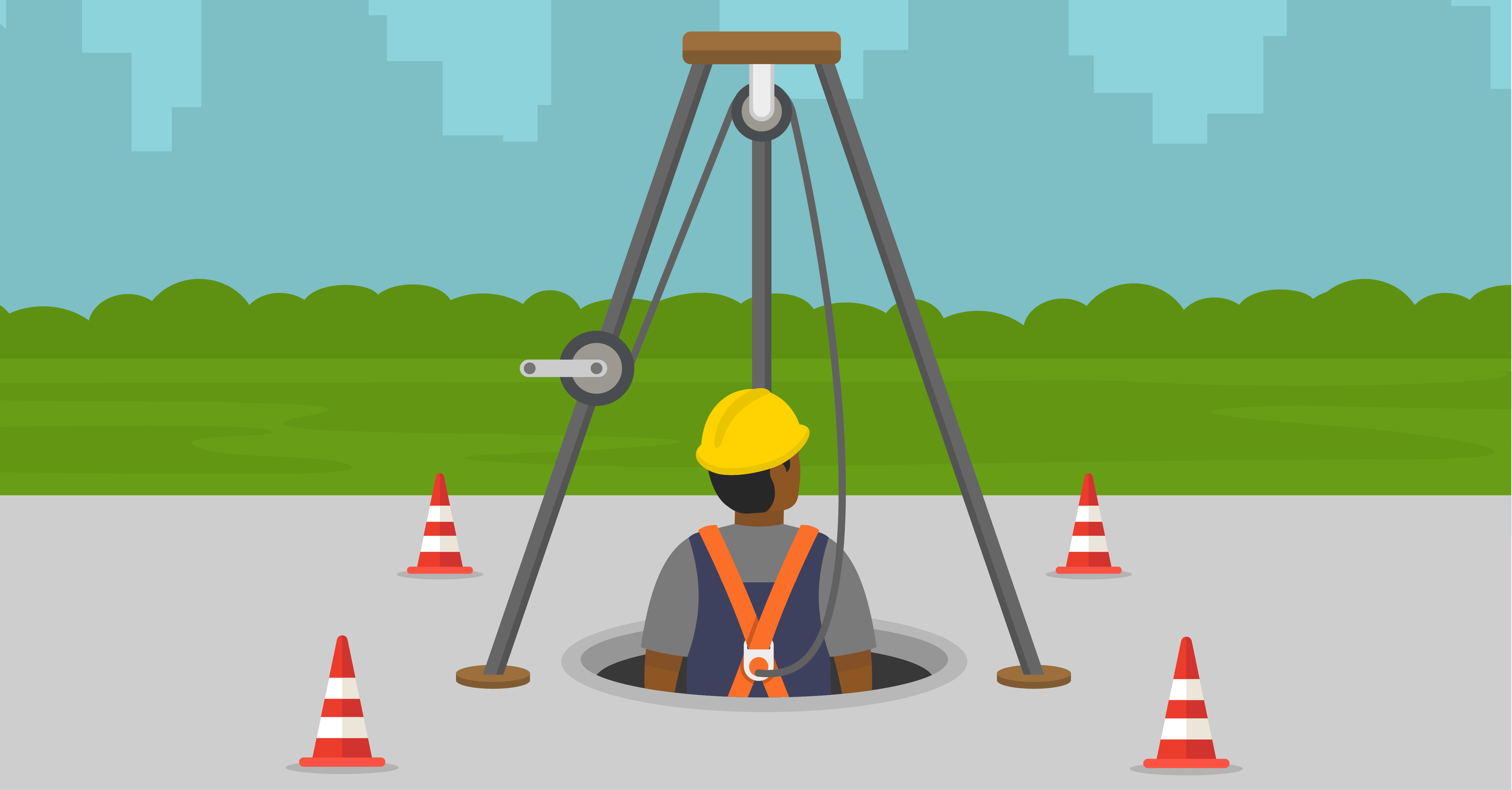Intelex EMEA User Conference – Closing Day Summary
June 15, 2023
Day 2 of the Intelex EMEA User Conference in London ended with more great discussions and insights from our customers, partners and Intelex experts. To catch up on the Day 1 proceedings, be sure to read our summary blog here.
Scott Gaddis presents how technology can help create a great safety culture.
For those of you who didn’t make it to London to catch up with us, here are a few items we explored on the final day of the conference.
AI and the Future of Safety
AI is dramatically changing the way we work. With more data from frontline safety inspections and observations pouring into our management systems, AI is going to play a critical role in analyzing it to identify leading indicators and prevent incidents before they happen.
One of the most significant contributions AI can make is eliminating the variables in observations and incident data. While the goal of safety is always to keep people safe, having human judgement in data analysis will always introduce data quality problems to some degree as a result of anything from simple input errors to inconsistent terminology. Further, specialized data analysis for incident reporting has traditionally required highly skilled workers who have to be trained, hired, onboarded and managed, all of which takes time that could be used analyzing data to keep people safe. No matter how well-trained your workers are, human error will always present continued data quality problems.
AI promises a new way of doing this work. By using an AI, organizations can drastically increase the amount of data collected and analyzed to support leading indicators while at the same time reducing the time, resources and error-rate that comes with human workers. When data is accurate, consistent and timely, predictive models become much more effective, which goes a long way towards keeping workers safe.
The possible applications of AI in safety and ESG are vast, and we are just at the beginning of getting a sense of all the ways in which we can use this technology to create a safer, more sustainable world.
Technology Can Support a Strong Safety Culture
While technology is rapidly changing the world, the principles of safety haven’t changed that much. In fact, today’s safety practitioners could easily have an engaging conversation with a safety practitioner from years past and find plenty of common ground in the timeless safety principles they uphold. Technology, even advanced examples like AI, will provide the most benefit when we use it to support those principles and to build a strong, proactive safety culture that makes frontline workers partners in their own safety and the safety of their colleagues.
Scott Gaddis, Vice President, Health and Safety at Intelex, presented his five favorite ways in which technology can support safety culture.
- Improved digital connections in the digital management system to engage employees, expand employee capacity and capability, increase physical control of the work environment and provide leadership accountability.
- Bi-directional data engagement through mobile devices to support frontline workers and proactive safety.
- Technology-enabled microlearning that engages younger workers in a familiar digital environment.
- Cutting-edge technology like AI, IoT and data analytics to uncover hidden patterns in events and incidents.
- A broad technology ecosystem supported by diverse expertise and skill sets from partners and employees.
At the heart of the proactive safety culture is the safety practitioner. The safety practitioner is a champion of the values, discipline and art that have always been the foundation of the safety profession. According to Gaddis, the safety practitioner adheres to the following principles:
- We are competent in what we do.
- We see an issue and we analyze its causes.
- We employ a treatment plan for remedy.
- We monitor the success path.
- We embrace continuous improvement.
These principles have supported the safety practitioner for decades. They will likely continue to do so for many decades into the future. Technology like AI will develop rapidly to change the way we work, but it will always operate to support these principles. The future of safety, therefore, is not simply in buying better technology solutions and creating bigger sets of high-quality data, but in merging that technology with the sound principles, experience and values of the safety practitioner in a proactive safety culture.
As always, there’s nothing better than listening to customers. While it’s a bit sad to bring great events like the Intelex EMEA User Conference to an end, we’re excited to keep listening and to use everything we learn to strengthen our partnerships as we help to build safer and more sustainable organizations.





